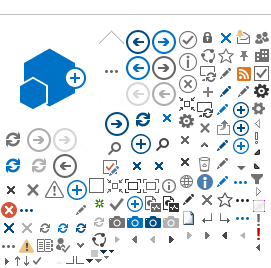Each year, roughly 48 million people in the United States get
food poisoning (also called foodborne illness). It happens when germs such as viruses, bacteria and parasites, or toxins (poisons) produced by them, get into the foods we eat.
How food gets contaminated
These germs can contaminate food before you buy it or at home if the food is not
handled or cooked properly. As a result, it can affect individual families or be part of a
food recall or outbreak. Symptoms of food poisoning can include cramps, nausea, vomiting, diarrhea and sometimes fever. If your child and other people who have eaten the same food all have the same symptoms, the problem could be food poisoning.
Foods that commonly cause food poisoning include raw or undercooked food,
processed meats,
raw milk and other unpasteurized dairy, raw fruits and vegetables, raw seeds and sprouts and
honey. Baby formula also can be
contaminated and cause food poisoning.
